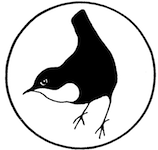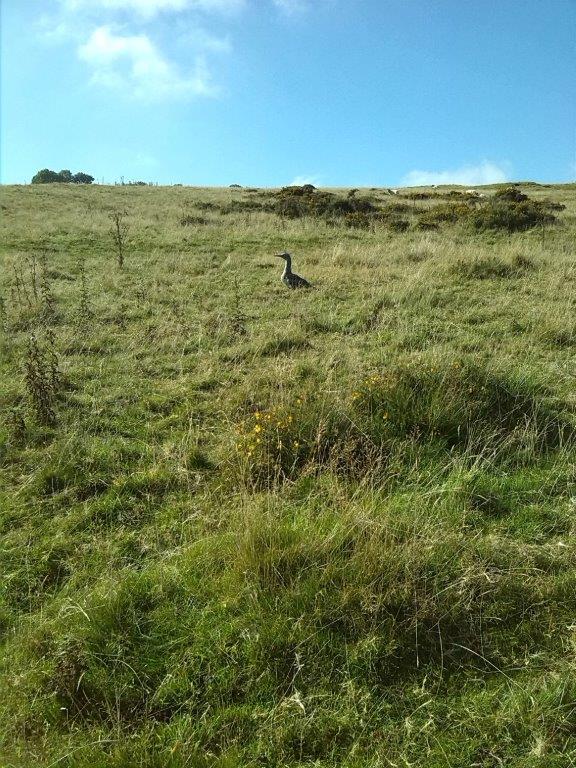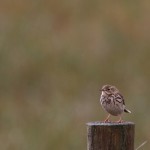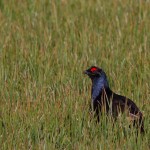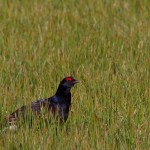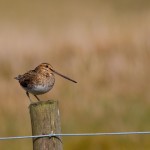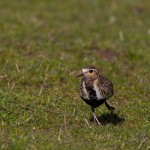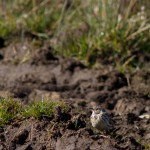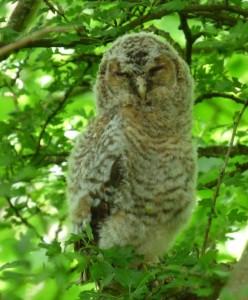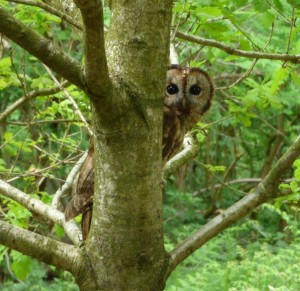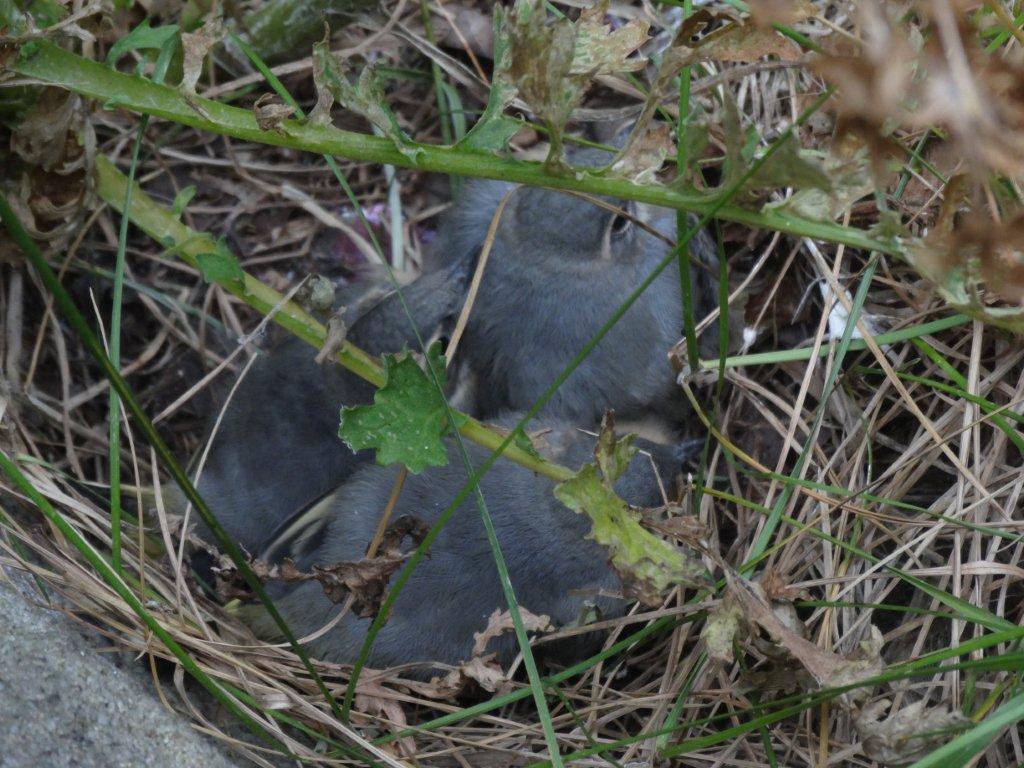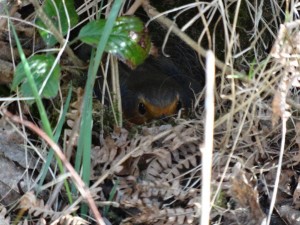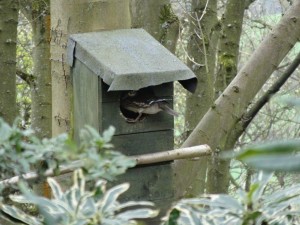On April 21st five intrepid climbers scaled the fifty-seven steps up to the ringing chamber of All Saints’ Bakewell church, carrying twelve boxes which Brian Shaw and Mike Nelms had made, to entice our visiting swifts to set up home.
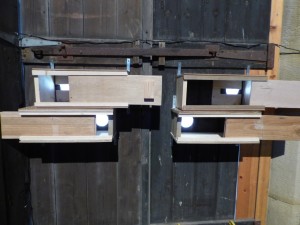
John Boyle, bell-ringer and winder of the church clock, led the way for Brian and Mike to scale a ladder, go through a trap door and emerge into the bell chamber. They spent the next two hours erecting the boxes. The photo shows four in place, with the back slid open to show the entrance hole to the outside world.
Pauline Boyle, the Tower Captain, welcomed us and made sure we knew the safety procedures for working in the tower, and I? I provided the coffee!
The recording of the swifts calls is now being assembled. This will be fitted soon and will play for an hour, morning and evening, from May to July. Young swifts will cruise round to suss out suitable desirable residences for the future, so the boxes may not be used for two or three years.
I am so pleased that the Bird Study Group has adopted this as a project and thank Brian and Mike for giving their time and energy to make it happen. And we thank the church for welcoming their feathered friends. Let’s just hope the swifts aren’t too choosy!
Angela Bird. April 2016.
Please see our update on the swift boxes from May 2016
